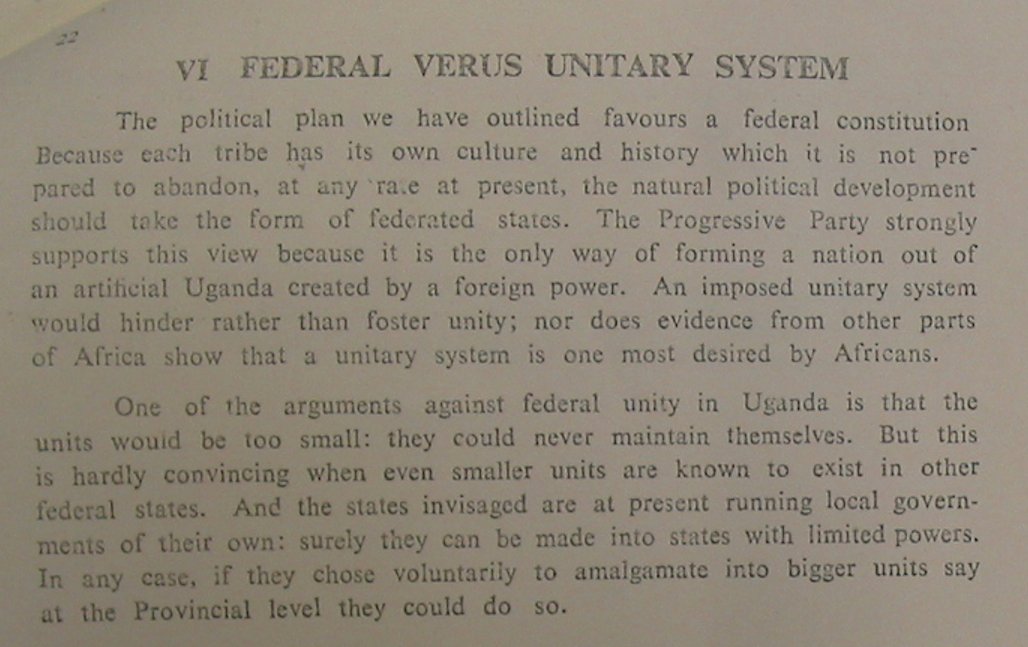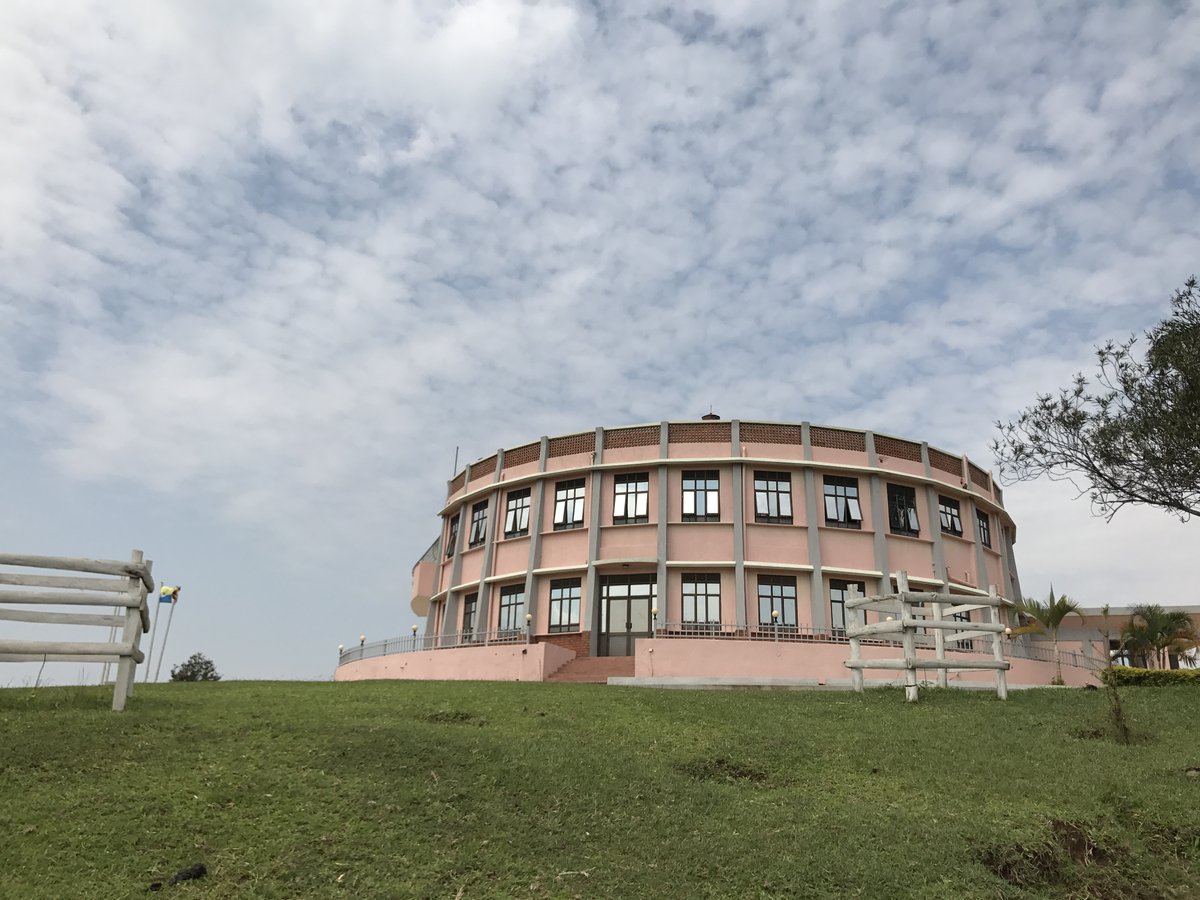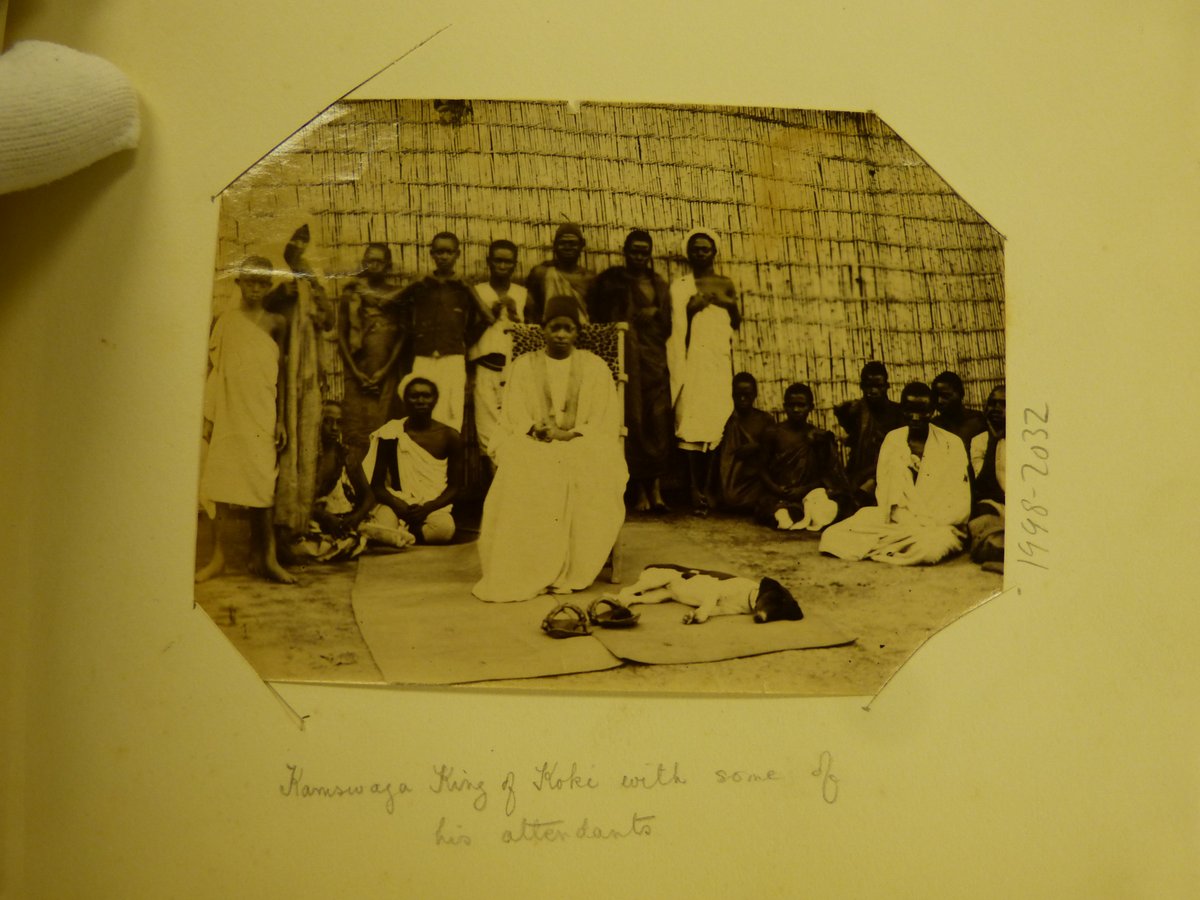
What is Federalism? And why does it matter? This week, @dfkm1970 presented clear & compelling reflections on Federalism in Uganda. Federalism has a long & rich history. Whether one advocates for federalism, it surely warrants serious historical & contemporary consideration. 1/15
In the 1950s, EMK Mulira wrote extensively on the topic of federalism. He was responsible for helping create the federalist arrangements in Uganda’s 1962 Constitution. In my mind, his most popular case for federalism was expressed in the novel: 2/15
Aligaweesa: Omuvubuka was Uganda Empya (A Youth of the New Uganda). Aligaweesa tells the story of a stranger’s political promotion in Buganda’s ethnic polity. Mulira showed how the terms ‘nationalist’ or ‘citizen’ were identical to the word used in Luganda for ‘stranger’; 3/15
each derived etymologically from –ggwanga. I am pleased to offer the novel here: jonathonearle.com/aligaweesa 4/15
In addition to the novel, there are three additional pamphlets that help outline Mulira’s arguments for federalism in Uganda.
They are:
The Manifesto of the Progress Party: jonathonearle.com/pp-manifesto
5/15
They are:
The Manifesto of the Progress Party: jonathonearle.com/pp-manifesto
5/15
Okwegatta kwa Uganda Pulaani ya Progressive Party: Ffenna Kulwa Uganda: jonathonearle.com/okwegatta
7/15
7/15
If Federalism is a new topic for you, I am pleased to draw attention to a useful series of free lectures on Federalism in Africa by Professor Jan Erk @UniLeiden:
9/15
9/15
10/15
11/15
12/15
13/15
14/15
15/15
• • •
Missing some Tweet in this thread? You can try to
force a refresh

















